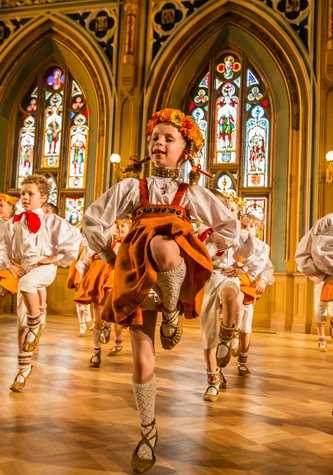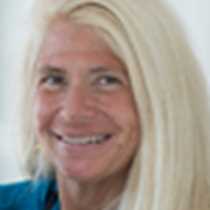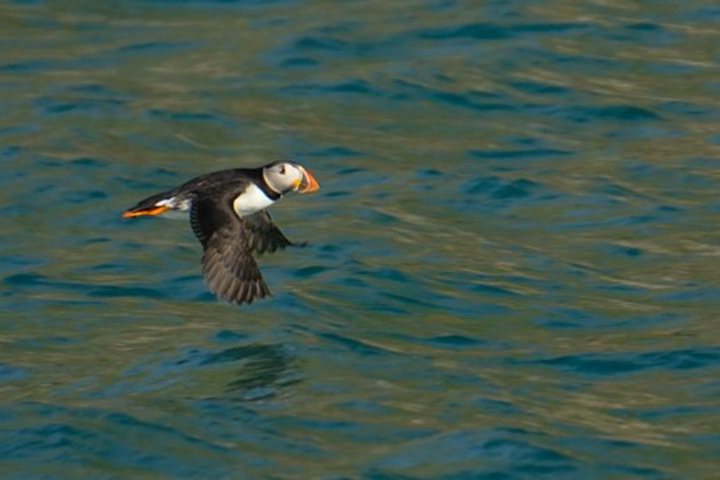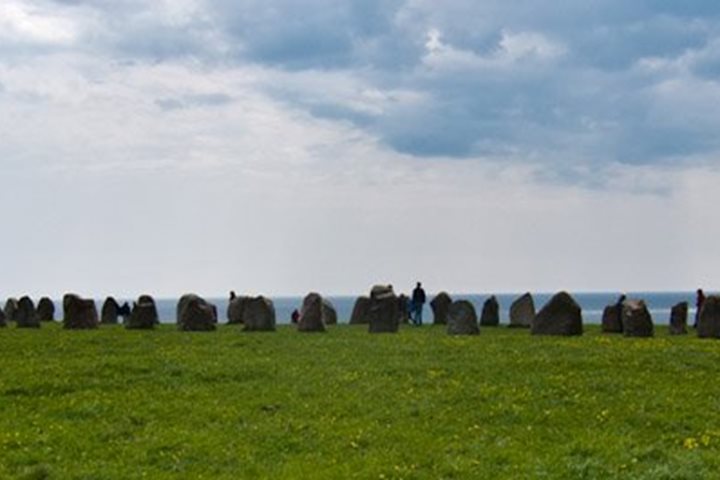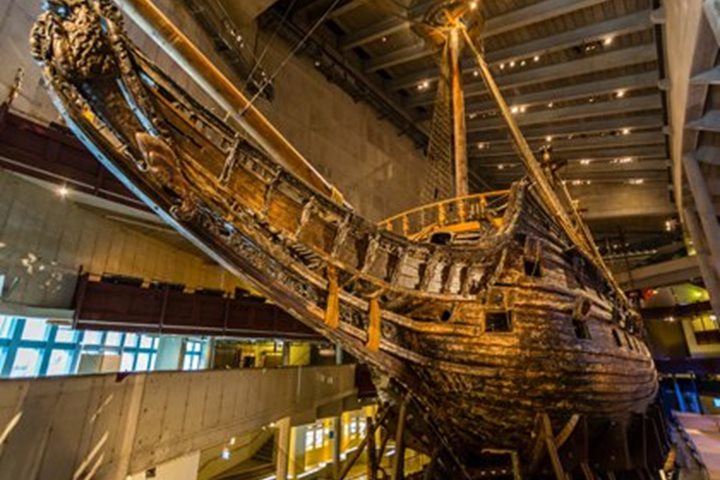Early morning light found National Geographic Explorer approaching the capital city of Riga at the mouth of the river Daugava. Riga was founded in 1201, and is currently the largest city in the Baltic States, home to more than one-third of Latvia’s population. Riga’s historical center is a UNESCO World Heritage Site.
We began our morning in Riga with a walking tour of the new town, including architectural highlights in the Art Nouveau style locally known as Jugendstil.
Exploring further, we crossed into old town where we visited 13th century Saint Pater’s Church, the Cat’s House, the Laima Clock, and the Three Brothers.
Song and dance has been an important part of Baltic life for centuries. This morning we experienced Latvia’s youth keeping the past alive in their folkloric performance. Young people from ages 3 to 18 mesmerized us with their traditional costumes and dance.
At Saint Mary’s Cathedral, we were treated to a special organ concert. Here is housed the largest organ in the world, with 124 registers and 6,768 pipes.
The afternoon offered the opportunity to sample local Latvian cuisine and time to discover more secrets of this picturesque and vibrant city.
Undoubtedly the symbol of Latvia is the work of their hands. The artist’s hands that carved the fascinating medieval district along with the hands that renewed the prosperity within the new urban areas of this lively city. The hands of teenagers who teach their brothers and sisters to dance, and lift them in celebration of their rich and colorful story as a people inspire us. The hands of an organist hidden by the grandeur of an instrument that speaks a language we all understand.
Found in the center of the city, reaching 42 meters in height, stands the Monument of Freedom. The Liberty Statue, the woman at the pinnacle or affectionately “Milda,” holds three stars. The stars symbolize the three regions of Latvia: Courland, Liviland, Lettgalles.
In the people’s hands now rest the changing of the guard and the future filled with hope and freedom.

